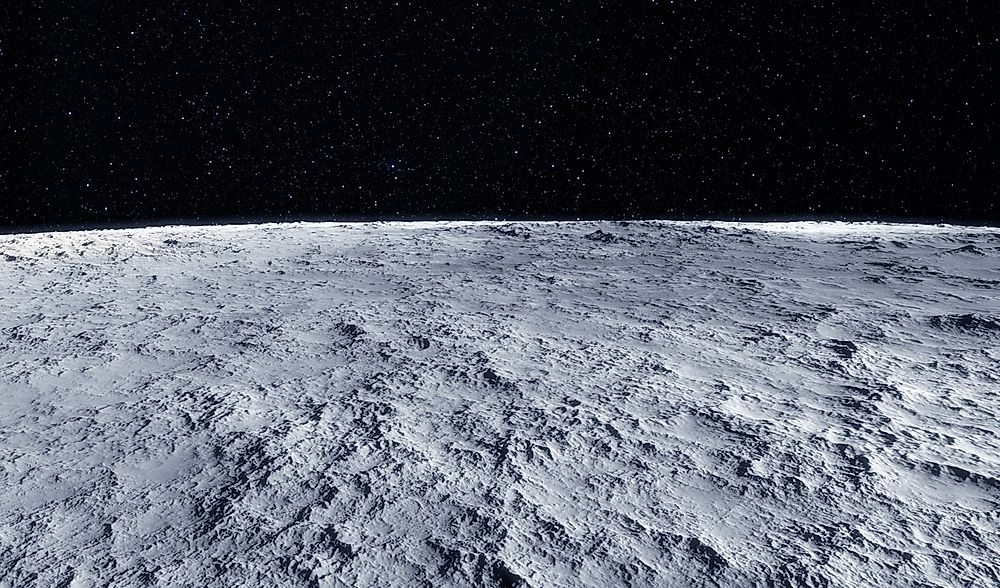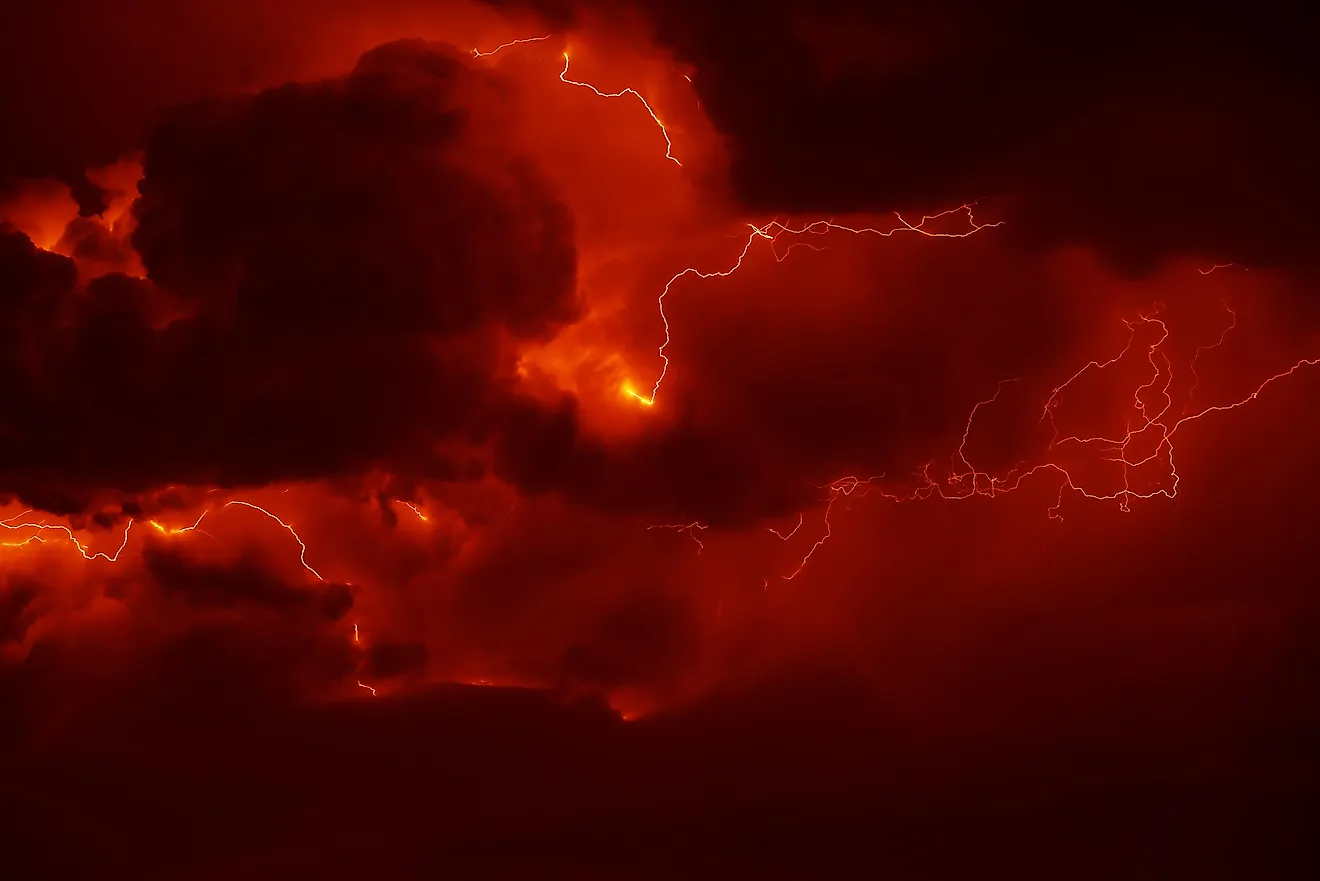What Is Selenography?

Selenography refers to the scientific study of the physical features on the moon’s surface. Selenography is a branch or a sub-discipline of selenology (lunar science). The term selenology is borrowed from the Greek language from the word “Selene,” which refers to a lunar deity, and “grapho,” that means “I write.”
Selenographists have all along been concerned with naming and mapping of different physical features on the moon such as mountain ranges, craters, and lunar maria, among other features. Most of the mapping was largely accomplished on almost all parts of the moon’s surface by use of spacecrafts at the beginning of the space era. Several high-resolution images have been obtained on both the far side and the near side of the moon. However, some regions on the lunar surface have remained poorly imaged particularly towards the extreme poles, and some of the specific locations of several features such as the depth of craters have remained largely unconfirmed.
The Moon’s Geology
The moon’s geology is significantly different from that of the Earth due to a few reasons. The moon does not have an atmosphere and therefore lacks the effects of weather such as erosion. The moon also does not have tectonic plates, its gravity is low, and due to its size, it cooled rapidly when it was formed. The study of the moon is typically based on observation using telescopes on Earth, geophysical data, lunar samples, and measurements from orbiting spacecraft. During the Apollo Program between 1969 and 1972, six locations were directly sampled, and the astronauts brought 839.9 lbs of lunar soil and lunar rock. Between 1970 and 1976, Soviet spacecrafts came with 11.5 ounces of lunar rock and lunar soil. The moon is the only terrestrial body in which scientists have had samples with known geological context. The large part of the moon’s surface has not been explored, and there are several geological questions which have not been answered.
Lunar Maria
The lunar maria refer to the large plains which are mainly dark basaltic rock found on the moon’s surface which were formed by volcanic eruptions which occurred thousands of years ago. The word maria is derived from the Latin language from the word Maria, which means seas. The name was given by the early astronomers who believed that there were actual seas on the moon. They are not as reflective as the highlands because of the rich iron content, and therefore they have a dark appearance to the naked eye. These basaltic plains are extensive and cover approximately 16% of the moon’s surface. Other nomenclatures for the moon include “Oceanus” for ocean “Lacus” for a lake, “Palus” for the marsh, “Sinus” for a bay. The lacus, palus, and sinus are typically smaller compared to maria, but they have the same characteristics.
Lunar Highlands
The moon’s highlands are the most visible features on the moon, and they are lighter in appearance as opposed to the dark maria features. The word “terrae” is used for the lunar highlands, and they were first used by the astronomer Johannes Kepler in the 17th century. The word is derived from Latin meaning earth. As opposed to the maria which are basaltic, the tarrea are anorthositic.











